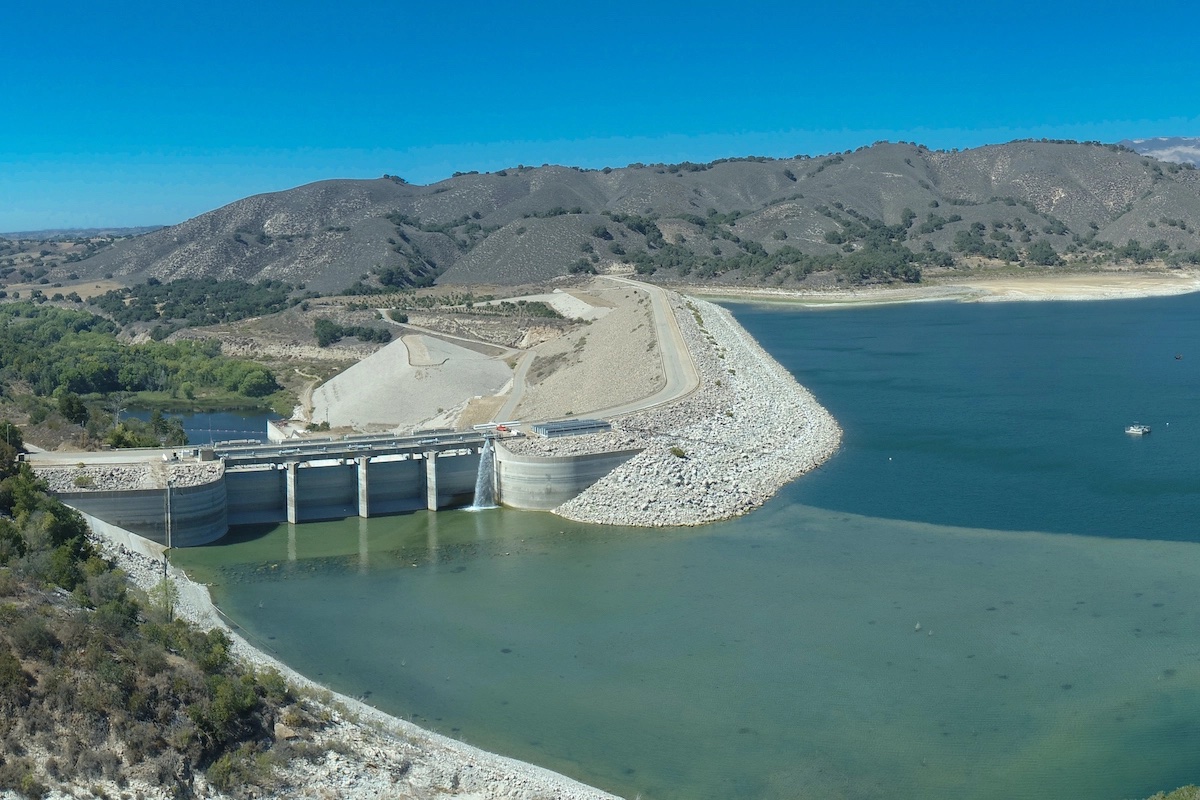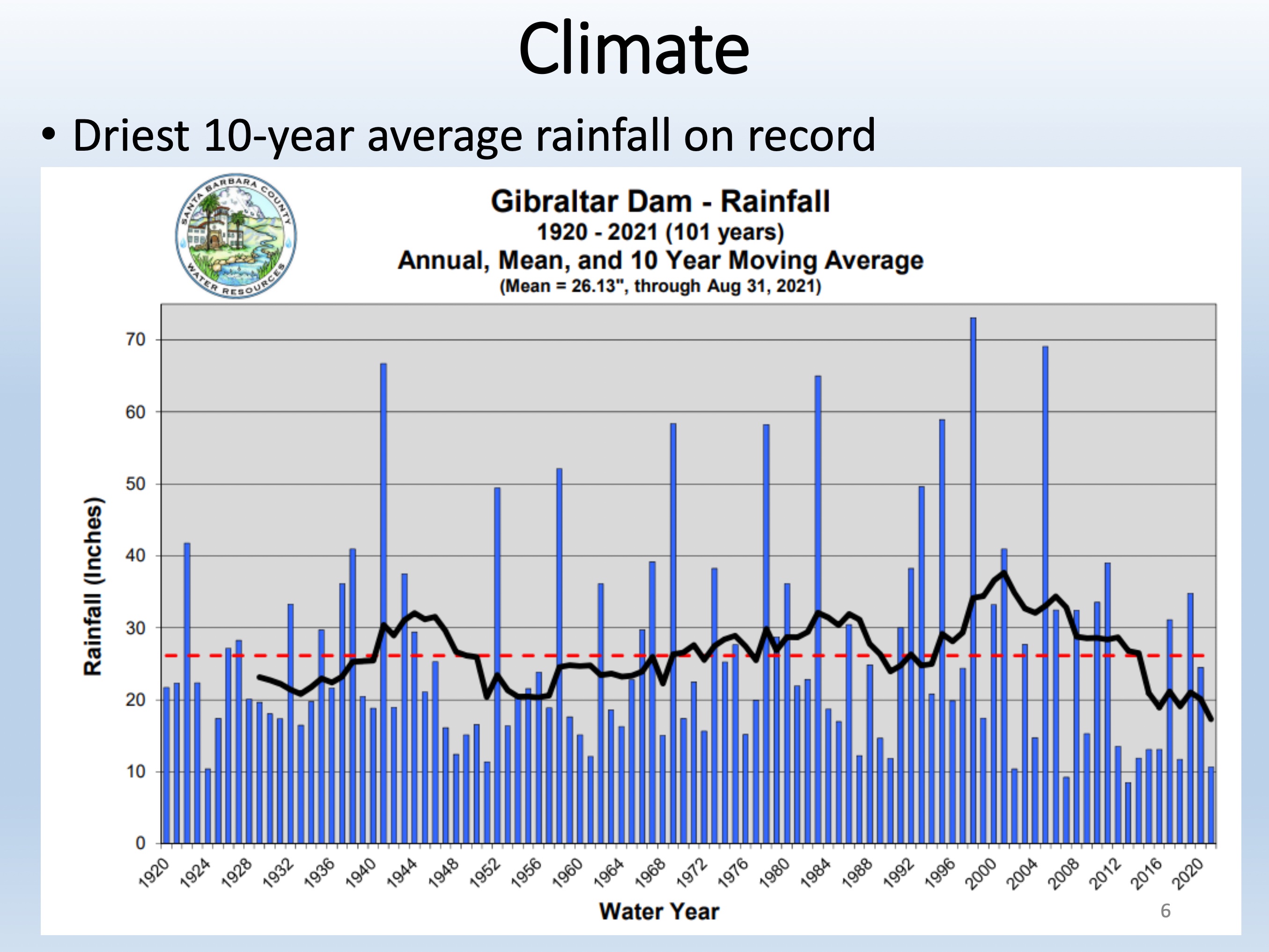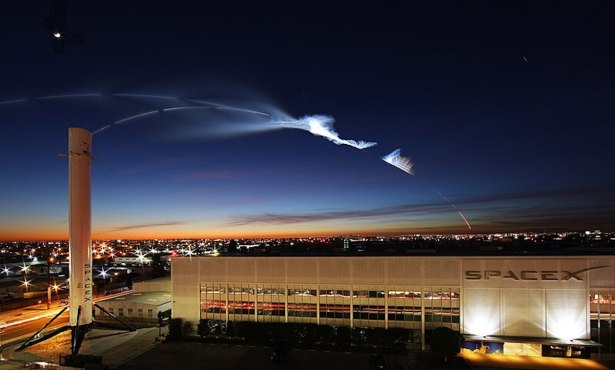Santa Barbara County Sees Third Year in a Row of Drought
With No End to Dry Spell in Sight, Region’s Water Purveyors Are Getting Creative

Santa Barbara County supervisors had the bad news confirmed that the drought is on and not about to end, but water agency manager Matt Young also brought some promising ideas to the mix.
At 53 percent of normal rainfall, 2021-2022 looks to be the third year in a row of drought. The inches of rain that fell early in the water year — nearly two feet at San Marcos Pass — sank to just about zero through January and February. Lake Cachuma was at 47 percent capacity, with nearly all the water in the lake allocated downstream or for fish passages.
The state water project was allowing 15 percent of contract amounts to various water agencies in the county, though they’d warned it could drop lower as it had in recent years — it went from 5 percent to zero in 2021. The county had allowed water swaps last year under certain conditions, and some agencies were already taking advantage of that, Young reported.
Other water customers, such as in Carpinteria and Solvang, were at Stage 2 conservation restrictions that were mandatory. It was likely more water purveyors will have to require conservation, Young said, and updates on drought status could be found at WaterWiseSB.org.

A couple of interesting developments were ongoing in desalination projects and wastewater recycling. While most recycled water went to landscaping, Carpinteria Valley was beginning an advanced purification project that would inject treated wastewater underground to recharge groundwater.
When it came to groundwater, however, Young noted the basins recharged from rainwater at different rates; Cuyama’s, for instance, did not absorb water as readily as Santa Ynez’s did. All the basins showed significant depletion in 2021 as they had for the past 11 years, he said.
The county had little authority when it came to water, Supervisor Joan Hartmann conceded, but it had a major role in stormwater and recharge basins. The county had a restorative water resource plan the state had approved, Young replied, and that made water agencies eligible for grant funding for ground water recharge. Hartmann suggested they note those locations to ensure they weren’t built on and that the county include places like parks and soccer fields for potential recharge of the groundwater.
A couple of desal projects are in the research stages at Vandenberg Space Force Base and in San Luis Obispo. Vandenberg was considering a pilot project for using an offshore SeaWell Buoy, which was looking for a local partner for a project that, if successful, could expand to regional supply. Likewise, San Luis Obispo was interested in a partnership in the North County on a desal project that was in the discussion stage, Young said.
Hartmann, whose district stretches from Vandenberg’s shoreline to the heart of the county, commented, “We’re lucky we live along the coast, where desal is more practical.”
Support the Santa Barbara Independent through a long-term or a single contribution.




You must be logged in to post a comment.